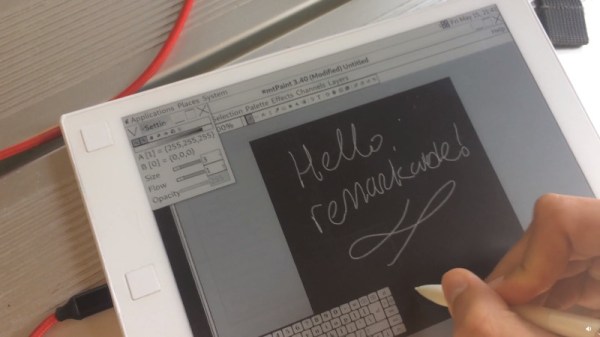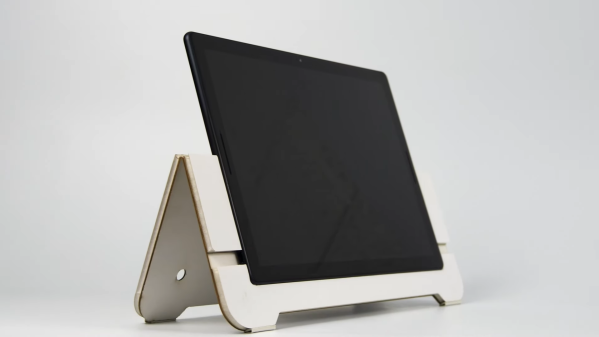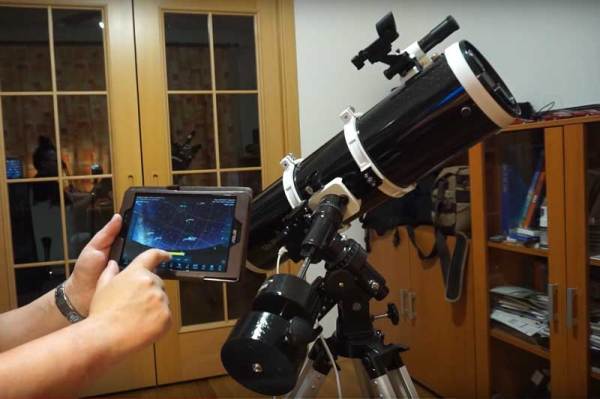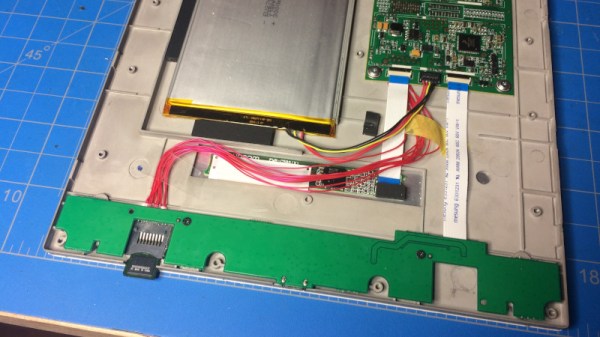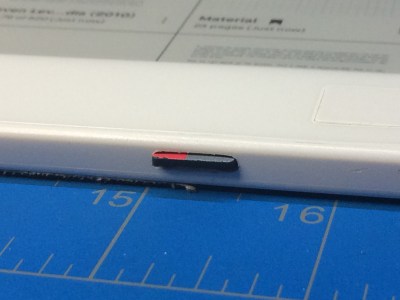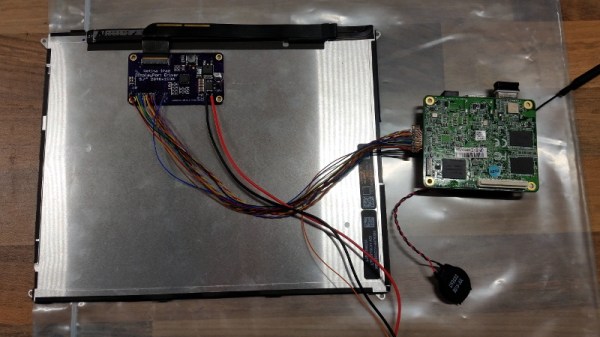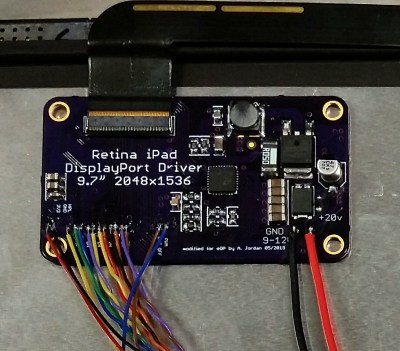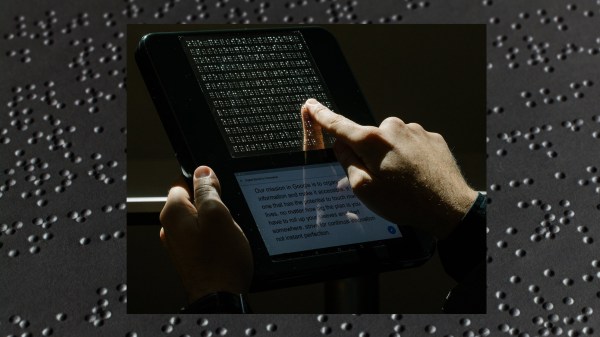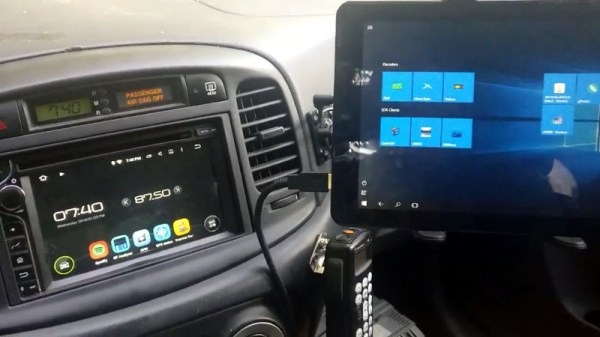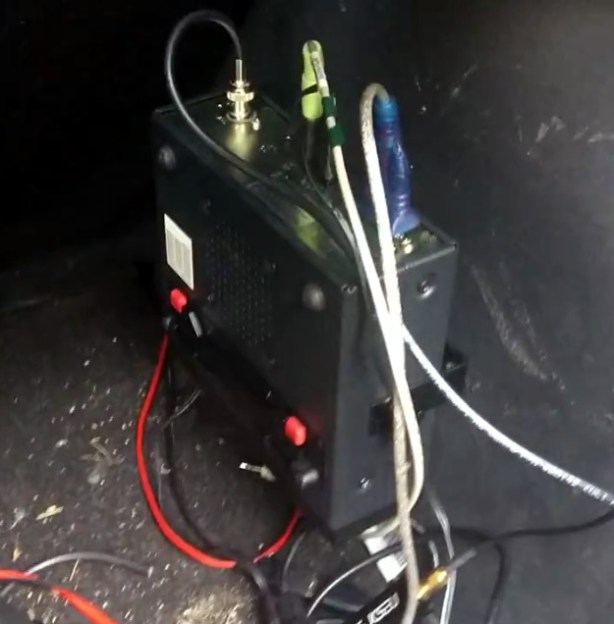ePaper is an interesting thing, providing a non-backlit viewing experience that is much more akin to reading a book than staring at a screen. The reMarkable tablet is a device designed around just such a display, and [Davis Remmel] has been hacking away at the platform. His latest work brings full-fat Linux to the fore.
The work builds upon [Davis]’s earlier work, installing a microSD slot in the tablet to make development easier. Getting Linux running required a custom kernel, but once sorted, working with the reMarkable is easy. apt is available for easy software installs, and the tablet is demonstrated using several different pieces of software, like mtPaint and Xournal.
The golden part of all this has been getting automated partial screen refreshes working. ePaper displays take a long time to refresh the whole screen. Being able to do faster partial writes makes for a much faster interface, which is evident when some of the drawing software is demonstrated. Even Doom runs, but remains largely unplayable, sadly – the ePaper is still a long way off hitting 25 fps.
We look forward to seeing where [Davis] takes this project, and how display performance improves with newer reMarkable tablets. With the reMarkable 2 out for pre-order, there could be a step change in display speed on the horizon. We’re betting that there’s big things to come yet for ePaper – 2020 may finally be its year.

